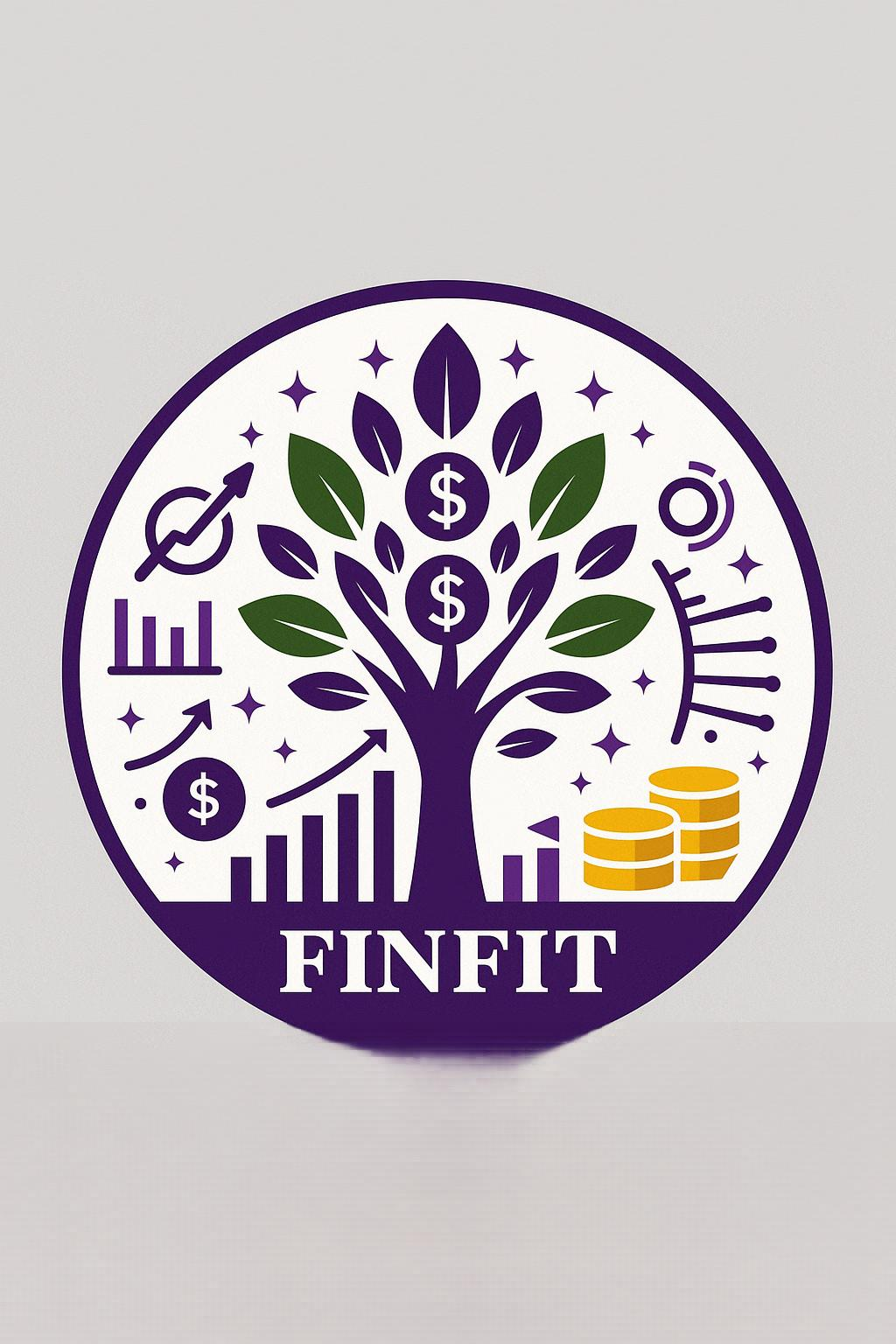Post Title
🧱 Building a Resilient Financial Future: The Power of Diversified Investing
Imagine constructing a house using only wood. One spark, and everything could go up in flames. But if you build with wood, brick, and stone, a fire in one area won’t destroy the whole structure. That’s the essence of diversification—and it’s just as vital in your investment strategy as it is in architecture.
As a financial wellness advocate, I often remind my community: diversification isn’t a luxury. It’s your first line of defense against market volatility and unexpected economic shifts. Let’s break down how to build a diversified investment portfolio that aligns with your goals, risk tolerance, and long-term vision.
🔍 Why Diversification Matters
Diversification doesn’t eliminate risk—it manages it. When one asset dips, another may rise or hold steady. This balance helps smooth out your portfolio’s performance over time.
Consider the 2008 financial crisis: stocks plummeted, but bonds—often more stable during economic uncertainty—helped diversified portfolios weather the storm. Similarly, during inflationary periods, real estate and commodities can outperform traditional stocks and bonds.
⚖️ Understanding Risk: Systemic vs. Non-Systemic
- Systemic Risk: Market-wide events like recessions or interest rate hikes. Diversification can’t eliminate this, but it can soften the blow.
- Non-Systemic Risk: Company-specific issues like lawsuits or product failures. Diversification is your best tool to minimize this type of risk.
🧩 Core Components of a Diversified Portfolio
Here’s what a well-rounded portfolio might include:
Asset Class Role in Portfolio
Equities (Stocks) High growth potential, higher volatility
Fixed Income (Bonds) Steady income, lower risk
Cash & Equivalents Liquidity for emergencies or short-term goals
Real Estate Income + appreciation, low correlation with stocks
Commodities Inflation hedge, diversification from financial assets
Your asset allocation—the percentage of each asset class—should reflect your age, goals, and risk tolerance. A younger investor might lean 80% stocks, 20% bonds. Nearing retirement? A 50/50 split may be more appropriate.
🛠️ Practical Diversification Strategies
You don’t need to be a financial wizard to diversify. Here’s how:
- Across Asset Classes: Use broad ETFs or mutual funds that cover U.S. stocks, international stocks, and bonds.
- Within Asset Classes:
- Industries: Tech, healthcare, consumer staples, etc.
- Market Cap: Large, mid, and small companies.
- Geography: Domestic and international, including emerging markets.
Rebalancing is key. As your portfolio grows, some assets may dominate. Rebalancing—selling high-performing assets and buying underperformers—keeps your allocation aligned and encourages “buy low, sell high.”
🚫 Common Mistakes to Avoid
- Overconcentration: Don’t put all your eggs in one stock or sector.
- Ignoring Correlations: Diversify with assets that don’t move in tandem.
- Chasing Returns: Don’t blindly follow last year’s winners. Diversification is about balance, not trend-chasing.
🌱 Final Thoughts
Diversification is often called the only “free lunch” in finance. It’s not about avoiding risk—it’s about building resilience. By spreading your investments wisely and rebalancing regularly, you’re not just protecting your portfolio—you’re empowering your financial future.
Let’s build portfolios that reflect our values, goals, and the kind of stability we want to offer ourselves and our communities.
Article: How to Build a Diversified Investment Portfolio: A Comprehensive Guide for Investors - Investing.com



